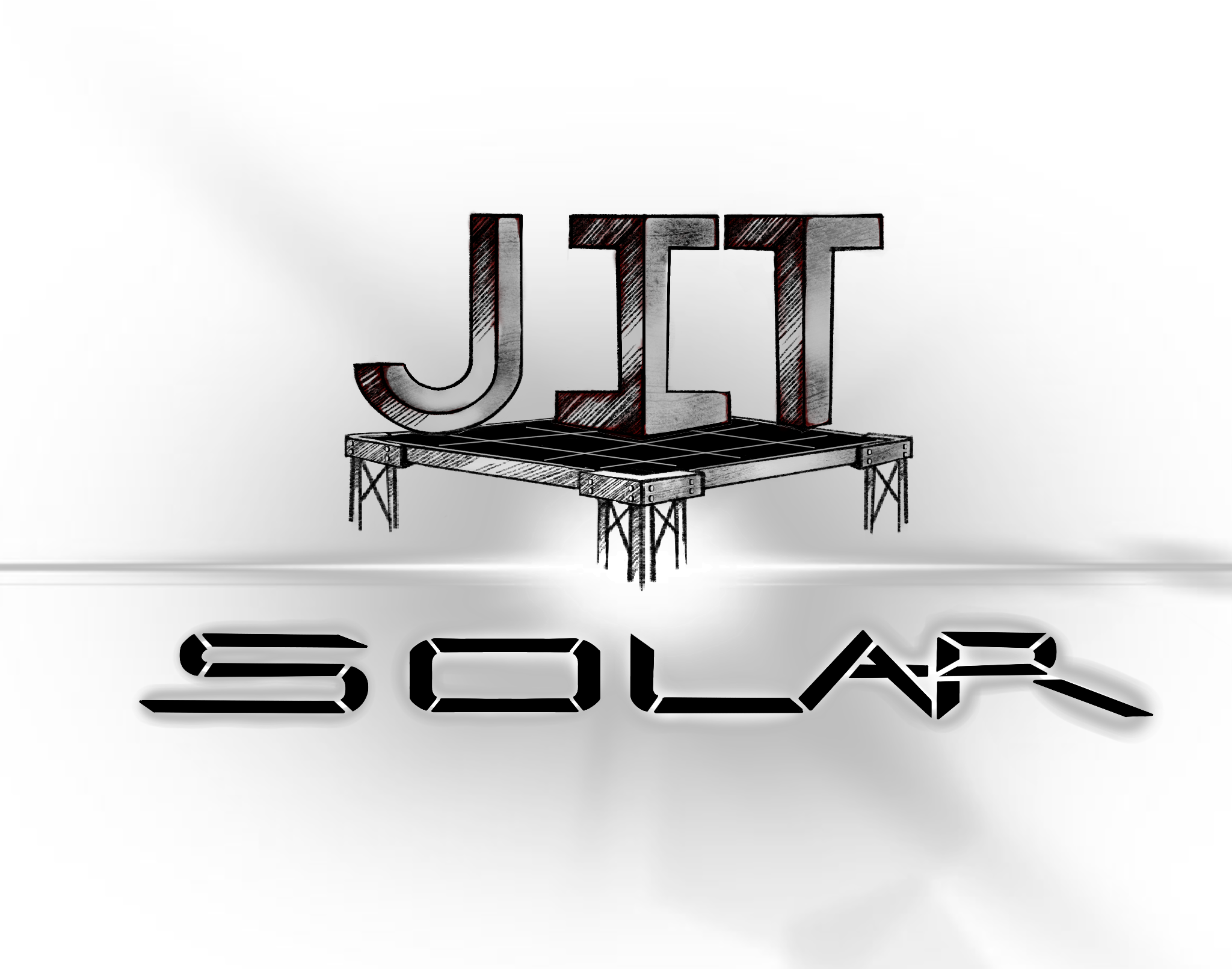How Does Solar Energy Work?
What is Solar Energy
Solar energy is booming across Arizona—and it’s easy to see why. With more than 300 sunny days a year, homeowners in the Grand Canyon State are perfectly positioned to take advantage of solar power. Whether you’re looking to save money on your electric bill, increase your home’s energy independence, or reduce your carbon footprint, solar energy offers a smart, sustainable solution.
But how does it actually work? If you’ve ever wondered how sunlight becomes electricity, this guide will walk you through the science and technology that powers a solar-equipped home.
The Science Behind Solar Energy
Solar panels harness the power of the sun using a process called the photovoltaic (PV) effect.
Here’s how it works:
- Sunlight & Solar Panels: Sunlight is made up of tiny energy packets called photons. When these photons hit the solar cells inside your panels usually made from silicon they knock electrons loose from their atoms. This movement of electrons generates an electrical current.
- Direct Current Electricity (DC) Flow: This initial current is called direct current (DC) electricity. Like water flowing in one direction, DC electricity moves from one point to another in a straight line. However, homes use a different type of electricity known as alternating current (AC), which periodically reverses direction.
- Converting DC into AC: To make the electricity from your solar panels usable, it must first pass through an inverter, which converts DC into AC. This allows your lights, appliances, and HVAC systems to function just like they would on grid power.
Components of a Solar Energy System
A residential solar energy system is made up of several key components:
1. Solar Panels
These are the panels you see installed on rooftops or mounted on the ground. Each panel contains multiple solar cells that absorb sunlight and produce DC electricity.
2. Inverter
The inverter is the brain of the system. It converts DC electricity into usable AC electricity and helps monitor system performance.
3. Mounting System
This hardware secures your panels in place, whether on your roof or a ground-mounted rack, and ensures they’re positioned to capture optimal sunlight.
4. Solar Battery (Optional)
Some homeowners choose to add battery storage. Batteries store excess energy produced during the day so you can use it at night or during outages.
5. Net Metering
In Arizona, utility companies offer net metering programs. If your system produces more electricity than you use, the extra energy is sent back to the grid, and you receive credits on your utility bill.
How Solar Panels Work (Step by Step)
Here’s a simplified breakdown of how solar powers your home:
Step 1: Absorbing Sunlight
Solar panels absorb photons from sunlight during the day.
Step 2: Generating DC Electricity
The PV cells generate direct current electricity from the absorbed light.
Step 3: Converting to AC
The inverter converts that DC electricity into alternating current electricity that your home can use.
Step 4: Powering Your Home
The AC electricity is sent through your home’s electrical panel, powering everything from your refrigerator to your air conditioner.
Step 5: Sending Extra Power to the Grid
If your system produces more than you use, the surplus electricity is sent back to the utility grid. You earn credits through net metering, which can reduce your electric bill.
What Happens at Night or on Cloudy Days?
Solar panels need sunlight to generate power, so what happens when the sun goes down or it’s cloudy?
Option 1: Use Stored Energy
If your system includes a solar battery, it will supply electricity during low-production times like nighttime or overcast days.
Option 2: Pull from the Grid
Most Arizona homes remain connected to the utility grid. When your solar panels aren’t producing enough electricity, your home automatically draws power from the grid. Thanks to net metering, the credits you’ve earned during the day often offset this usage.
Is Solar Energy Right for You?
If you’re a homeowner in Arizona, chances are high that your home is a good candidate for solar. The best solar installations take into account:
- Roof orientation and pitch
- Shade from trees or structures
- Local utility net metering policies
- Your average monthly electricity usage
- Available state and federal solar incentives
The best way to know for sure? Get a free customized solar assessment from a local expert.
Ready to Power Your Home with the Sun?
Want to see how solar can power your home? Request a free quote today.
JIT Solar is proud to help Arizona homeowners make the switch to clean, reliable, and affordable solar energy.



